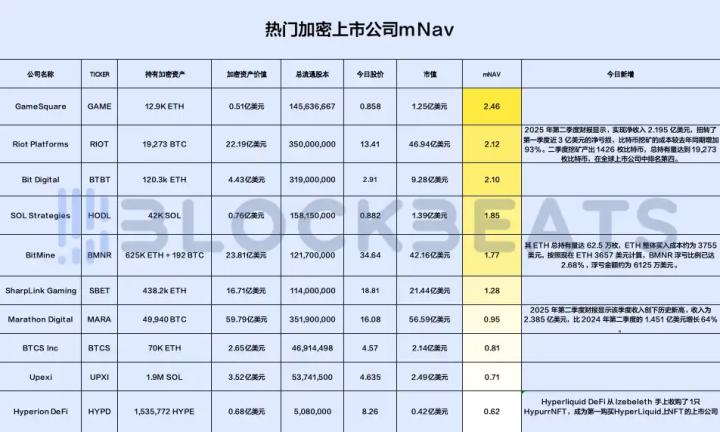The Indian Government Uses Artificial Intelligence to Detect Cryptoasset Tax Fraud, Collecting Hundreds of Billions in Budget Revenue.
The use of machine learning technology and data analysis helps Indian tax authorities accurately track cryptoasset transactions, enhancing transparency and legal compliance in this field.
- India collects 437 crore INR from cryptoasset taxes through AI and big data application.
- The Cryptoasset Reporting Framework (CARF) promotes automatic tax data sharing between countries.
- The government strives to enhance transparency and management responsibility in the digital asset market.
How is India Applying Artificial Intelligence to Combat Cryptoasset Tax Evasion?
The Central Income Tax Commission of India has used AI to review source deduction data provided by cryptoasset exchanges. As a result, 437 crore INR in taxes were collected in the 2022-2023 fiscal year.
Ravi Agrawal – Chairman of the Central Income Tax Commission – stated: "Technologies like machine learning and digital forensics are helping us detect suspicious cryptoasset transactions faster and more accurately." Consequently, tax compliance is strengthened, minimizing illegal tax evasion.
"AI application not only helps improve traceability but also creates a foundation for a sustainable cryptoasset tax system in the future."
Ravi Agrawal, Chairman of the Central Income Tax Commission of India, 2024
With significant tax revenue, the government demonstrates the capability to apply advanced digital technologies to improve management in the rapidly developing digital asset landscape.
What Role Does the Cryptoasset Reporting Framework (CARF) Play in Tax Management?
India has launched the Cryptoasset Reporting Framework to support automatic tax information sharing internationally, helping to regulate cryptoasset transactions through bilateral and multilateral tax agreements.
Saravanan Pandian – CEO of KoinBX – emphasized: "CARF aims for consistency between countries, minimizing cross-border cryptoasset tax evasion." This helps tax authorities enhance control efficiency and international cooperation, aligning with global transparency trends.
According to CA Sonu Jain from 9Point Capital, the Indian government is preparing for the future when transaction wallet tracking and automatic data exchange become standard, challenging the long-standing anonymity in the digital asset industry.
"To ensure transparency and accountability, the intersection of technology and international management is inevitable in the digital asset era."
CA Sonu Jain, Risk & Compliance Expert, 9Point Capital, 2024
What Has the Indian Government Prepared for the Future of the Cryptoasset Market?
By 2025, India has implemented several important policies to develop the cryptoasset market transparently and safely, focusing on taxes, user protection, asset reporting, and cross-border transactions.
AI integration in tax management demonstrates technological progress and the state's determination to limit cryptoasset tax fraud while enhancing trust and legitimacy in digital investment and transaction activities.
This policy contributes to creating a robust digital financial environment, helping India become a professionally managed, transparent, and sustainably developing cryptoasset market.
Frequently Asked Questions
What's New in Cryptoasset Tax Management in India?
India has applied AI and data analysis technologies to detect and collect taxes more accurately for cryptoasset transactions, enhancing transparency and tax law compliance.
How Does the Cryptoasset Reporting Framework (CARF) Operate?
CARF enables automatic cryptoasset information exchange between countries, helping tax authorities trace cross-border transactions more effectively.
What Benefits Does AI Bring to Indian Tax Authorities?
AI helps quickly and accurately review large data volumes, early detecting fraud signs, thereby increasing budget revenue and reducing tax evasion in the digital asset sector.
How is the Indian Government Preparing for Cryptoasset Management in the Future?
Developing tax policies, user protection, and automatic reporting technology, creating a transparent and safe environment for cryptoasset transactions.
What Challenges Does Vietnam Face in Applying AI to Cryptoasset Tax Management?
It needs to improve the legal framework, enhance technological infrastructure, and train professionally qualified personnel to effectively apply AI in cryptoasset tax supervision.







